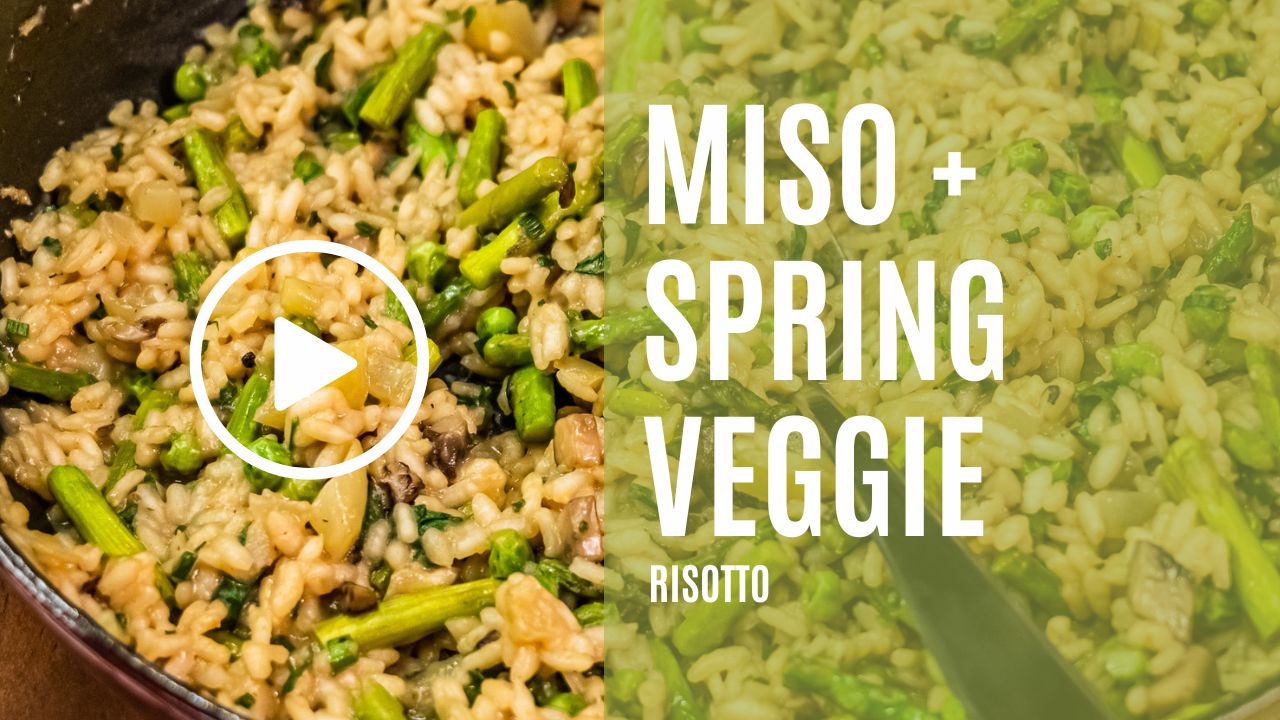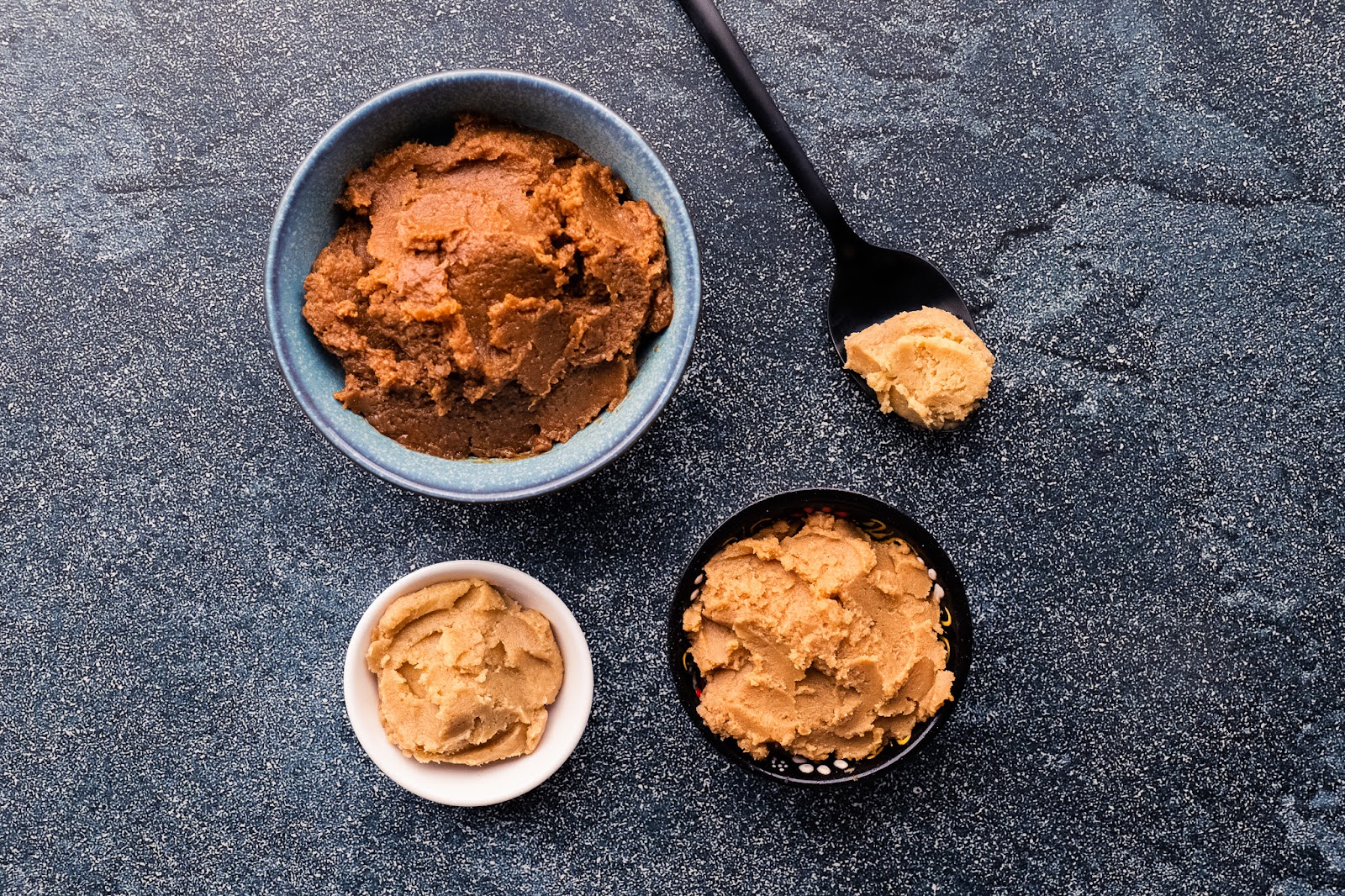We love a soothing, warm bowl of miso soup. But what exactly is miso? Where did it come from, and how is it made? How do you use it in your own cooking? Rest easy as we guide you through answers to these questions and many more.
Origins of Miso
Miso is a nutrition-rich soybean fermented food that has been used in cuisine at least since the 7th Century. It was most likely introduced to Japan via mainland China and the Korean Peninsula in the Asuka period during the 7th Century. Unlike today, miso wasn’t used as a food seasoning. Instead, it was used as a spread due to its thick texture or was licked or eaten directly. At the time, the best way to preserve food was to use fermented mixtures of salt, grains, and soybeans to protect it. This practice eventually brought us miso paste as we know it today.
Because of its preservative nature, miso became a commodity and was commonly given as a gift or to pay the salaries of the upper class; rarely available to the common people. Today, it’s believed that three-quarters of Japanese people consume miso soup at least once a day. And there are more than a thousand different types of miso to choose from.
Types of Miso
In the United States, prepared miso typically comes in one of two varieties: white (or light) miso and red (or dark) miso.
White miso tends to be lighter in flavor and somewhat sweet, thanks to its shortened fermentation process. Also known as shiro miso or kome miso, white miso is made from rice, barley, and soybeans and is the most commonly produced type of miso.
Red miso can vary in color from light brown to almost black, offering a saltier and somewhat funky flavor. Either way, the savory flavor, called umami, is a taste to be celebrated. Red miso, also called aka miso, and like white miso is made from steamed soybeans but has a longer fermentation time, from a year to a year and a half, giving it its darker coloring.
A third variety, yellow miso, is less common in American grocery stores but when used serves as a versatile, middle-of-the-road miso that can be used in recipes calling for either white or red miso. Yellow miso has an earthier, nuttier taste.
Where to Find Miso
While you could make miso paste yourself, it is much easier and time-saving to purchase it from your favorite local grocer. Most miso paste will be found in the refrigerated section of your grocery store, typically near the tofu, or in the refrigerated produce section. A shelf-stable miso paste can often be found in the international food aisle.
Uses in Recipes
Miso is a great addition to any recipe but has particular benefits when used as a soup base. The classic miso soup is just one example but white miso can add tremendous flavor to all types of soup, including ramen. It can also be used as a pickling agent on a variety of ingredients from tofu to vegetables. As a seasoning, miso adds a special flavor to marinades, salad dressings, and compliments well with a variety of ingredients including shiitake mushrooms, ginger, garlic, kelp and bonito flakes (dried fish).
As a paste, miso can be added to a huge range of recipes but adding it in comes with a couple of caveats. Because miso is a fermented food, wait to add it to your recipe at the end of the meal’s cooking time. Too much heat will kill the active, probiotic bacteria in the miso, making it inert. So avoid overcooking or boiling it.
Strange as it sounds, miso’s savoriness is an excellent addition to sweet treats, like ice cream. If making ice cream at home, add one to two tablespoons of white miso for a savory enhancement, or heat the miso, adding water to make it drizzle, and pour over store-bought ice cream. It can also be caramelized and turned into a miso butter which makes a delicious sauce that works well with hearty greens like cabbage and collard greens.
Want to go really wild? Mix miso paste with panko breading to create a savory, crunchy crust for chicken, fish, vegetables… you name it.
Storing Miso
Because miso is fermented, it is considered a living food. Proper storage is key In order to get the most benefit from miso and to maintain its freshness. Store your miso in the refrigerator and keep it wrapped tightly. The great news is that miso, when refrigerated, can last for up to one year, making it a handy add-in for any season.
Want to freeze your miso to keep it longer? Store it in an airtight plastic bag or freeze it in individual pieces in an ice tray. Luckily, miso stays pliable even when frozen which means you can scoop out as much as you need without having to thaw the entire batch.
Keep in mind though that white miso has a shorter shelf life compared to red miso, so freezing white miso is recommended if you don’t plan to use it often.
Health Benefits
Aside from its unique flavors, miso also offers a number of health benefits thanks to it being rich in B-complex vitamins as well as proteins and probiotics. And when unpasteurized and slowly fermented, it can also help with digestion and aid in the absorption of essential nutrients.
A Must-Make Recipe
We’re currently obsessed with this incredible Miso + Spring Veggie Risotto recipe. If you enjoy rich, buttery, savory dishes, you need to make this. And using miso in it couldn’t be any easier. You simply whisk your miso paste into the chicken broth after bringing it down to a simmer. You’ll prepare the risotto separately, adding the miso broth to the risotto one cup at a time until the liquid is fully absorbed. It’ll be hard to resist the rich aromas bubbling from the kitchen.
You’ll find the ingredients list and detailed recipe here.









